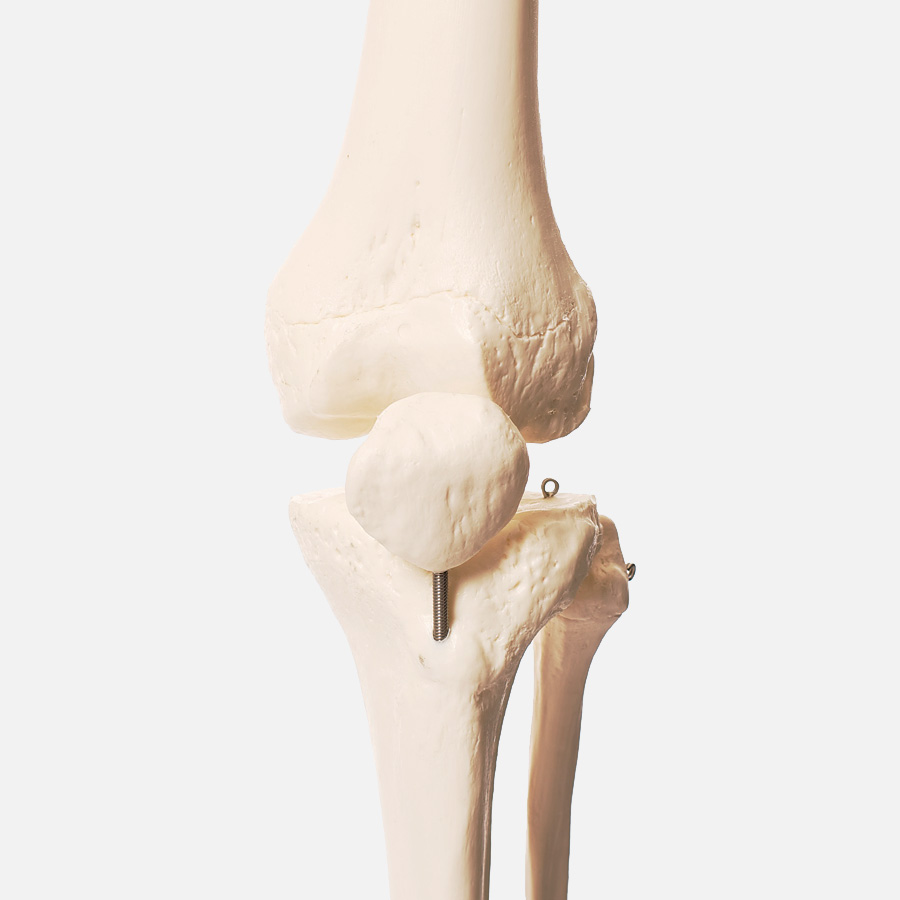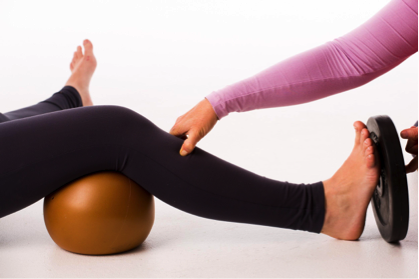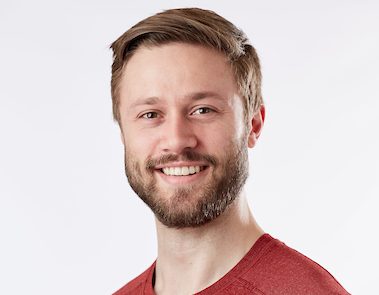Osteoarthritis causes and treatment options to consider
Sun,Mar 24, 2019 at 10:56AM by Body Organics
What is osteoarthritis?
Most people have heard of osteoarthritis (OA). For those who haven’t, OA is the accelerated wear down of cartilage in joints of the body. In advanced stages where cartilage has worn through entirely, bony surfaces can be exposed which causes friction and damage to the bone when the joint moves. People often associate this painful condition with aging and overuse of joints through activities like running. The reality is that people in their 20s and 30s can develop this condition, and that extensive studies have shown a reduced chance of OA in the hip and knee in people who run recreationally. So obviously there are plenty of myths surrounding what leads to unhealthy degeneration of our joints, but the first step is to realise that a degree of degeneration is a normal change we all undergo. Just like wrinkles, our joint surfaces start to show signs of aging but as long as we make sure our joints are moving well they can stay healthy and functional our whole lives.

Issues and dysfunctions caused by osteoarthritis
Problems can arise when, over time, our joints start to experience dysfunction. This can come in many forms, but the primary one is disuse. When people are young, they tend to be more active and this activity gradually (or rapidly) declines once we leave school and enter the workforce. This disuse is where normal degeneration can be accelerated. The human body hates waste and in an effort to conserve resources, bones, muscles, and cartilage will atrophy if you let them. This leaves them more vulnerable to injury or wearing as in the case of OA. After a long period of reduced activity, a person attempts an activity that used to seem ‘easy’ but in fact is more than their body is now used to, and over time the result can be a gradual progression of OA.
Managing dysfunctions caused by osteoarthritis
The other major contributor to the degeneration seen in OA is movement dysfunction. This can come from a pure structural issue, be it an injury that is not rehabilitated well, or something congenital such as hip dysplasia in infants. If the injury or defect is repaired, e.g. an ACL repair, it is essential that healthy normal movement be restored in that joint. ACL injury can lead to an abnormal gait pattern seen as a limp, and diminished stability in the knee, and overall increased risk of developing OA. To restore normal healthy movement at the knee, movement retraining and strengthening of the hamstring and quadriceps muscles are key.
Once full range in movement and stability is restored, it is important to build strength back into the leg gradually. Strength for the sake of strength is not helpful unless optimal movement is refined. Recent studies of ACL injury have shown that those who undergo conservative management through movement and strengthening programs are at no higher risk of OA than those who have surgery. Conservative management removes the risks associated with surgery (anaesthesia, hospital acquired infection, graft site rupture), whilst helping with long term strategies to prevent re-injury that are necessary following surgery regardless. If appropriate, it’s a win win.

Treatment options to consider for those with osteoarthritis
To be sure to prevent future re-injury and to cope without surgical intervention, your best bet is to seek consultation with your GP and a physiotherapist. Your physio will make a measured evaluation of your stability, specific strength in muscle groups, and overall ability to move well before making a recommendation for conservative management. If favourable, they will guide you through a tailored program to help you make the necessary changes or plan a course of rehabilitative exercise to give you the best outcome possible. Surgery may be necessary for some people based on the degree of injury to the knee, but no surgery in isolation is enough to ensure a good outcome. Commitment to a movement based rehabilitation program and getting back to normal physical activity (e.g. walking, running, resistance training) as soon as possible will give you the best chance of a happy outcome.
Lachlan Loose is a Physiotherapist with Body Organics. He works at both our Annerley and West End clinics and has a strong interest in musculo-skeletal rehab post surgeries. Lachlan studied at UQ firstly in Science achieving a Bachelor of Science (Hons) and went to became a researcher assistant at the UQ Brain Hub. Lachlan then went onto study Physiotherapy at the UQ.

 0
0 